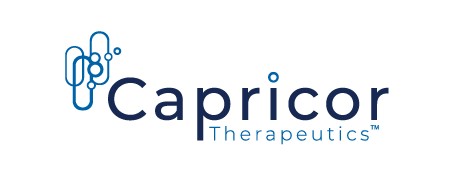decision or other efforts to challenge, repeal, replace, or alter the implementation of the ACA or other healthcare laws, regulations, or reforms.
Other legislative changes have been proposed and adopted since the ACA was enacted. These changes include aggregate reductions to Medicare payments to providers of 2% per fiscal year pursuant to the Budget Control Act of 2011 and subsequent laws, which began in 2013 and will remain in effect through 2030, with the exception of a temporary suspension from May 1, 2020 through March 31, 2021 enacted as part of the Coronavirus Aid, Relief, and Economic Security, or the CARES Act, unless additional Congressional action is taken. Additionally, the American Taxpayer Relief Act of 2012, among other things, further reduced Medicare payments to several types of providers, including hospitals, imaging centers and cancer treatment centers, and increased the statute of limitations period for the government to recover overpayments to providers from three to five years. New laws may result in additional reductions in Medicare and other healthcare funding, which may materially adversely affect customer demand and affordability for our products and, accordingly, the results of our financial operations.
In addition, effective January 1, 2019, the Bipartisan Budget Act of 2018, among other things, further amended portions of the Social Security Act implemented as part of the ACA to increase from 50% to 70% the point-of-sale discount that pharmaceutical manufacturers participating in the Coverage Gap Discount Program must provide to eligible Medicare Part D beneficiaries during the coverage gap phase of the Part D benefit, commonly referred to as the “donut hole,” and to reduce standard beneficiary cost sharing in the coverage gap from 30% to 25% in most Medicare Part D plans. In the future, there may be additional challenges and/or amendments to the ACA. It remains to be seen precisely what any new legislation will provide, when or if it will be enacted, and what impact it will have on the availability and cost of healthcare items and services, including drug products.
In addition, in recent years the pricing and costs of prescription pharmaceuticals has been the subject of considerable discussion in the United States. A number of federal reports and inquiries have focused on these issues, and various legislative and regulatory provisions have been proposed and enacted at the federal and state level that seek to bring more transparency to product pricing, reduce the cost of prescription drugs under Medicare, review the relationship between pricing and manufacturer patient programs, and reform government program reimbursement methodologies for drug products. On December 21, 2020, Congress passed a $900 billion U.S. coronavirus relief and government appropriations legislation, or the Act, which contains several important new drug price reporting and transparency measures that could result in additional transparency with respect to manufacturers’ prescription drug prices. Among other things, the Act includes provisions requiring Medicare Part D prescription drug plan, or PDP, sponsors and Medicare Advantage organizations, or MAOs, to implement tools to display Medicare Part D prescription drug benefit information in real time and provisions requiring group and health insurance issuers offering health insurance coverage to report information on certain pharmacy benefit and drug costs to the Secretaries of HHS, Labor, and the Treasury. We believe that the efforts of governments and third-party payors to contain or reduce the cost of healthcare and legislative and regulatory proposals to broaden the availability of healthcare will continue to affect the business and financial condition of pharmaceutical and biopharmaceutical companies.
Further, the Biden Administration and the new Congress may pursue additional and potentially significant changes to the current healthcare laws, regulations, and related guidance. The Biden Administration issued a memorandum on January 20, 2021 (President Biden’s inauguration day) that, like similar memoranda issued by prior incoming Administrations, directed federal agencies to take steps to halt, delay, or conduct further review of certain regulatory actions taken by the Trump Administration, such as those that had not taken effect by inauguration day. The Biden Administration’s review is ongoing and we cannot predict which regulatory actions it may or may not affect. We also cannot predict what other healthcare reforms will ultimately be implemented at the federal or state level or the effect of any future legislation or regulation and, accordingly, face uncertainties that might result from additional reforms.
Our risk mitigation measures cannot guarantee that we effectively manage all operational risks and that we are in compliance with all potentially applicable U.S. federal and state regulations and all potentially applicable foreign regulations and/or other requirements.
The development, manufacturing, distribution, pricing, sale, marketing and reimbursement of our product candidates, together with our general operations, are subject to extensive federal and state regulation in the United States and may be subject to extensive regulation in foreign countries. In addition, our business is complex, involves


